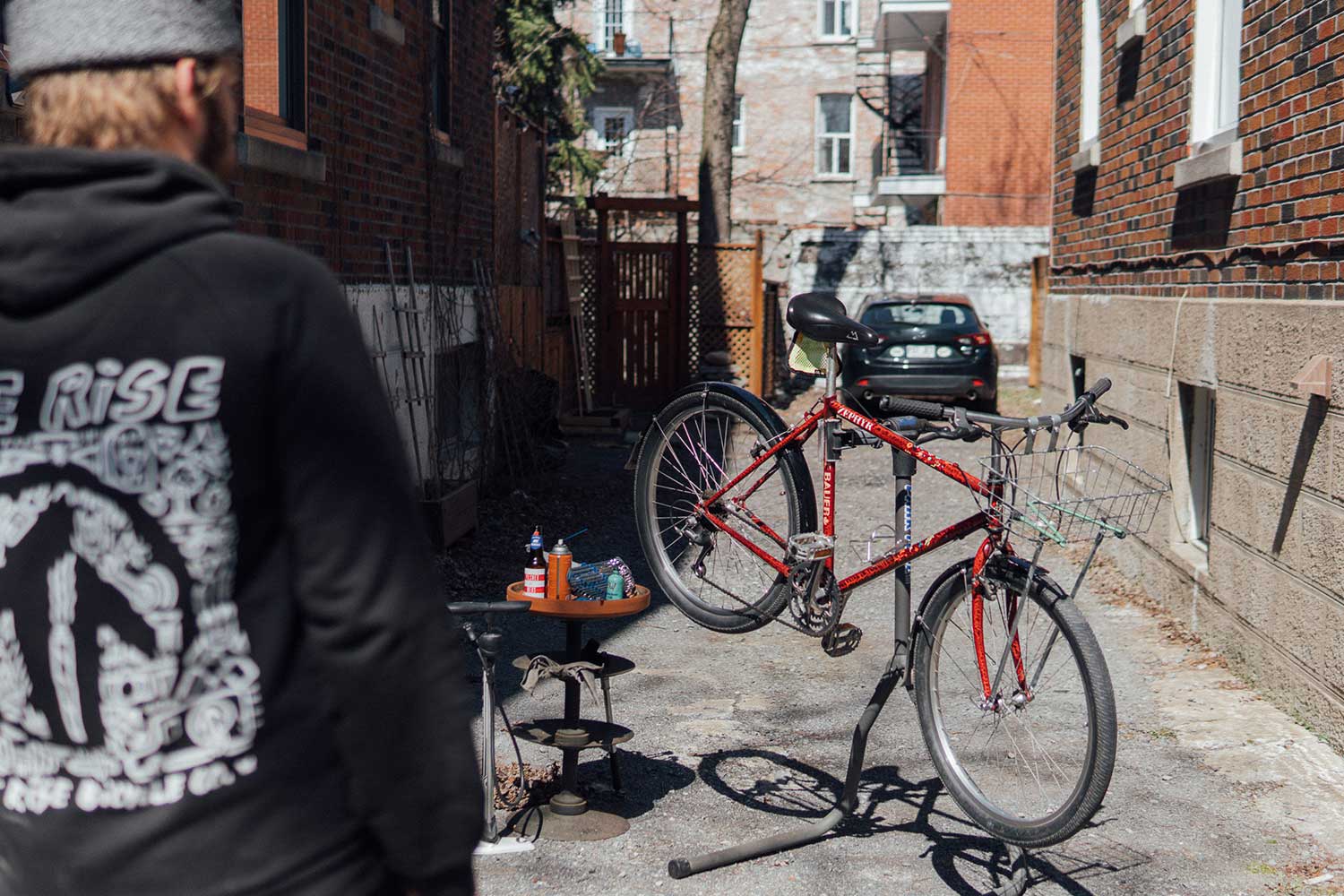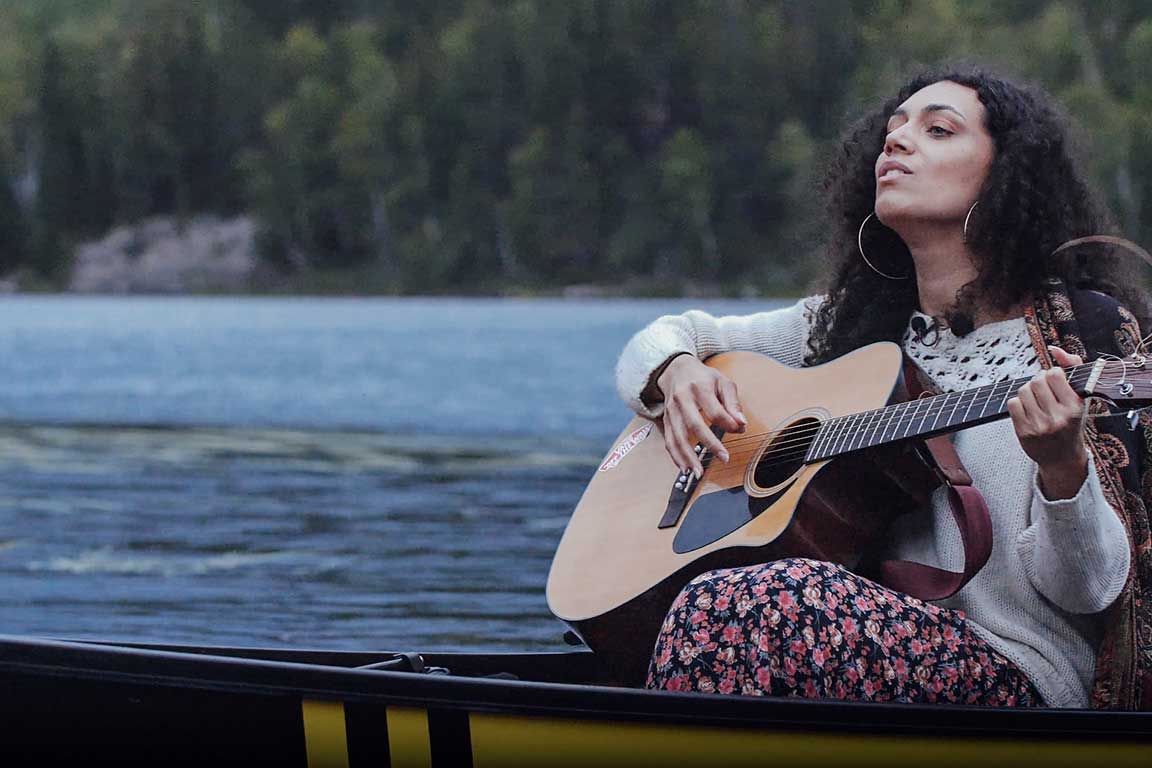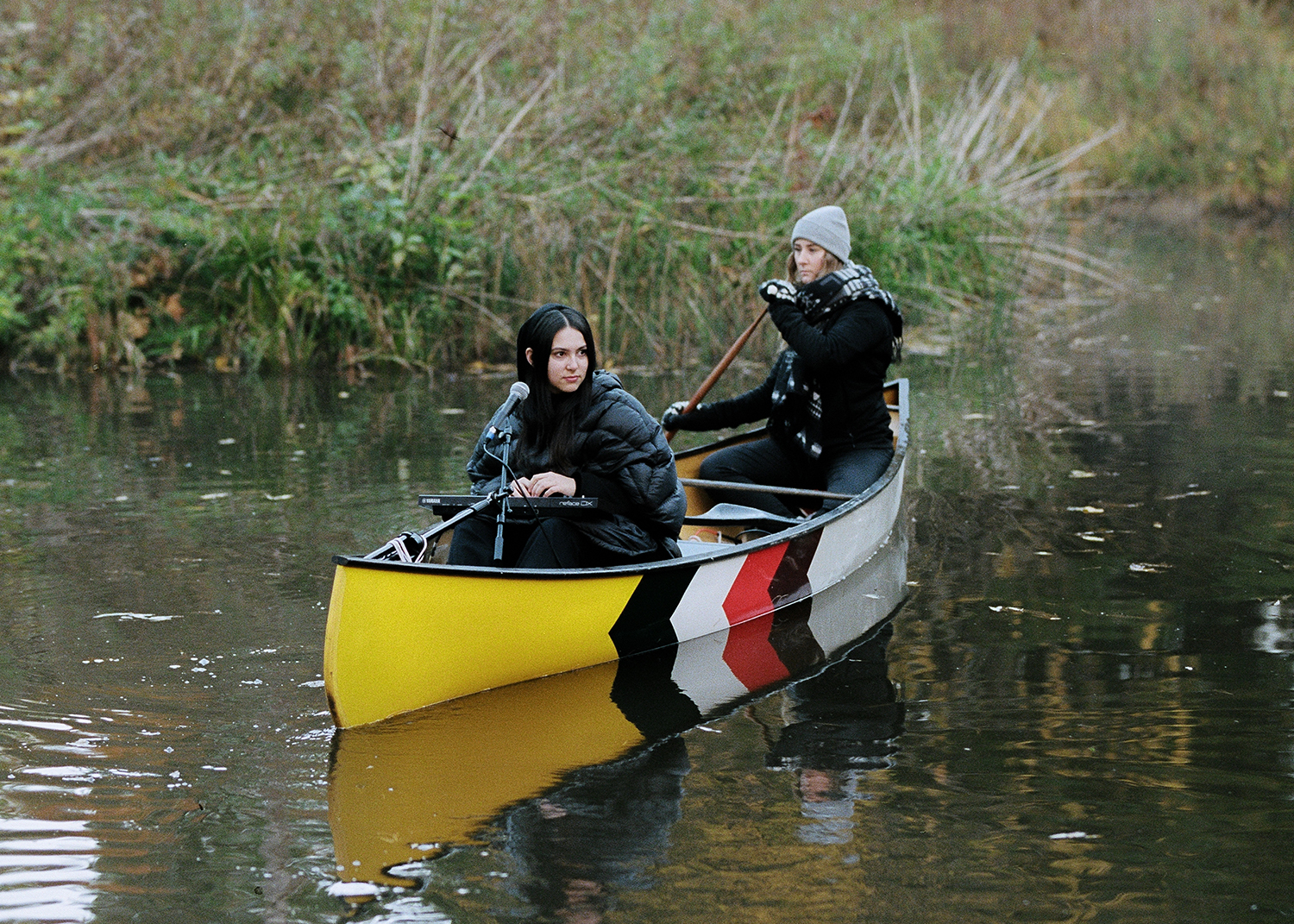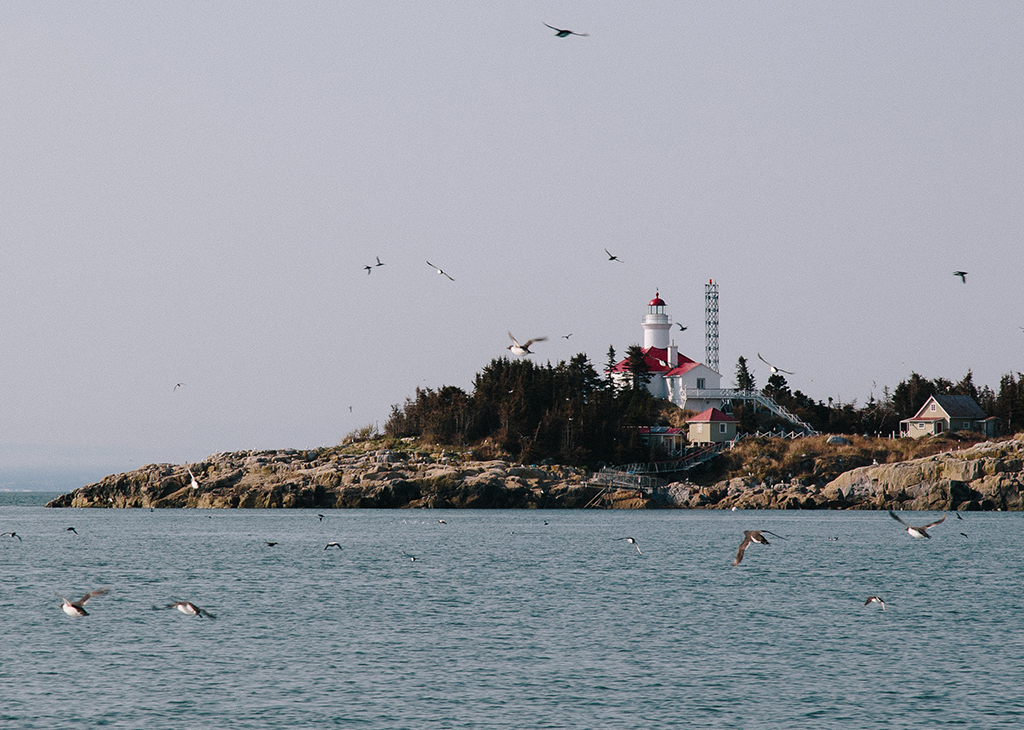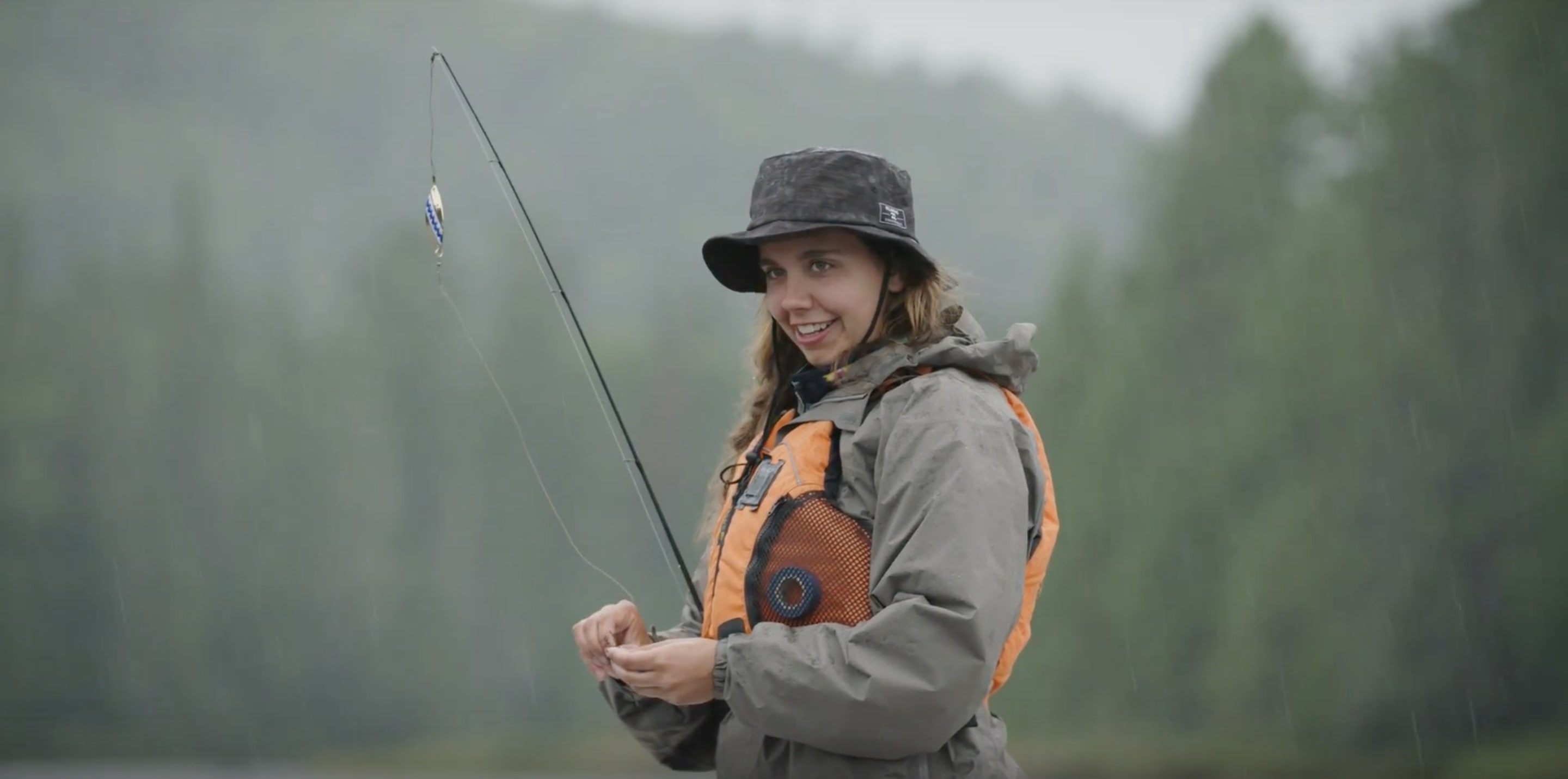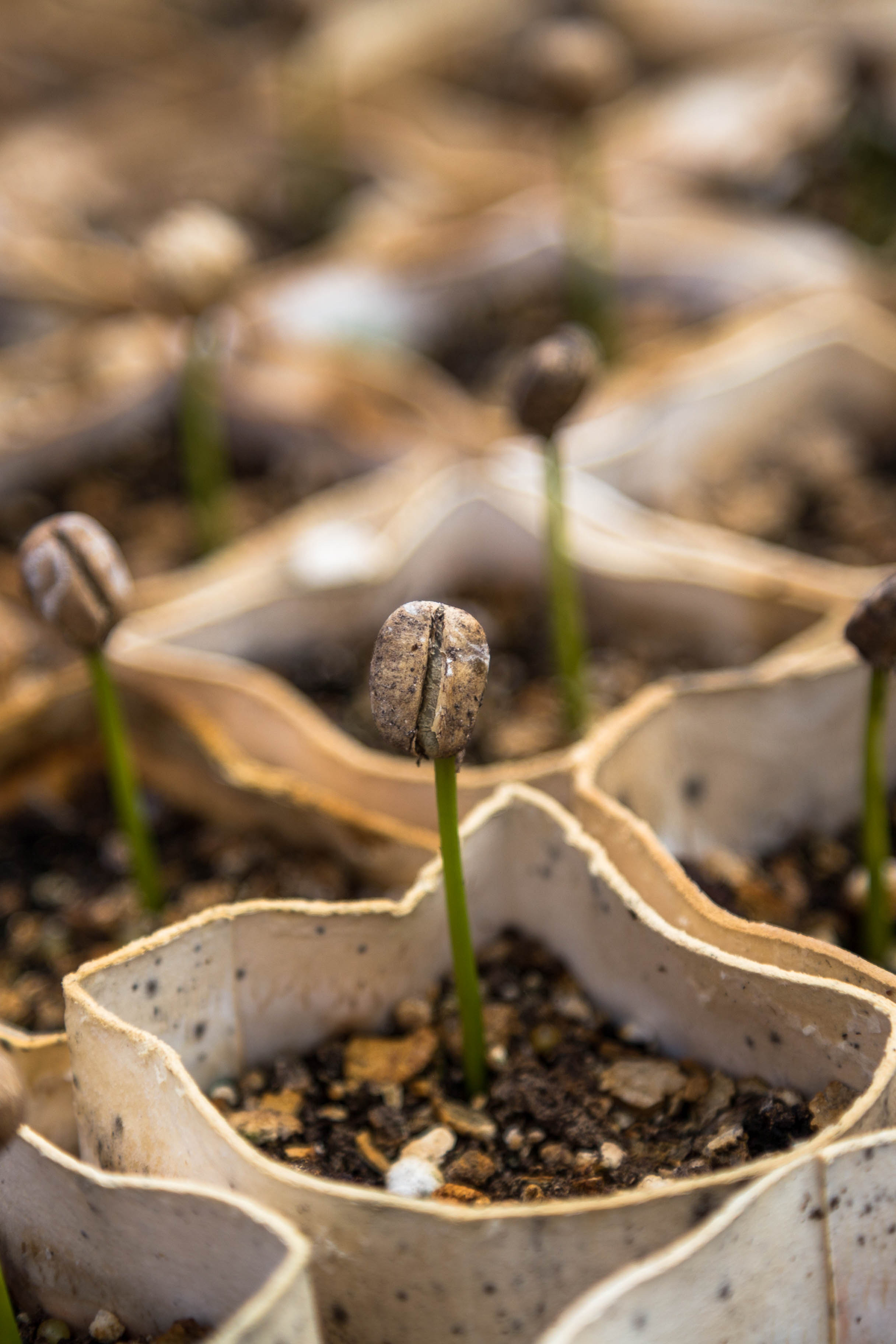Essay
A Dolphin in Venice
In the time of pandemic, what can we learn from our desire to see cities reclaimed by nature?
A puma in Santiago, ducks in the streets of Paris, a coyote at the foot of the Golden Gate bridge, a wild turkey in Montréal’s Mile-End, and an alleged dolphin in the canals of Venice: since the beginning of the COVID-19 pandemic, many of us have eagerly pored over images of wild animals enjoying a lull in city activity. But do these viral images mean, as we seem desperate to believe, that “nature is healing”?
It started at the end of January, when NASA published satellite images taken over China. The country had recorded a 25 per cent decrease in greenhouse gas emissions since the beginning of the year—due, of course, to the quarantine lockdown. A striking visual of a marked drop in atmospheric nitrogen dioxide: the good news spread like wildfire in the media and on the internet.

Since this first apparent climate victory — with a free fall in human-caused emissions as international flights and cruises are cancelled, factories are closed, traffic is reduced, and stay-at-home orders are issued — digital media has teemed with other concrete indications of reduced pollution. The slightest change is often presented as a sign of a bounce-back already under way.
On social media, the prevailing view seemed to be that nature was reclaiming its space. The night sky looks starrier than usual, spring birdsong seems amplified, and raccoons are making more of a ruckus than usual in the alleyways. At our own individual scale, each of us is measuring the global effects of the shutdown and perhaps injecting a touch of hope for the strength of our ecosystems.

Photo: Guillaume Poulin – Lac Mégantic, Québec
Hopeful though we may be, the actual evidence is less certain
Biologists around the globe have affirmed that the lull in human activity has encouraged animals to venture further into cities. But how should we interpret these observations and anecdotes?
In many cases, these events had precedents before the crisis. Authorities in Santiago captured a puma around the same time last year. San Francisco media reported a coyote attack on a dog in a downtown park in 2019. Since 2015 wild turkeys have been frequently spotted in several Montréal neighbourhoods, including Rosemont, Ahuntsic, and Pointe-aux-Trembles. There have always been seabirds and fish in the canals of Venice, but murky waters blocked them from view. The dolphin sighting turned out to be fake.

What of the tales of deer returning to cities in Japan and macaques to urban Thailand? As a matter of fact, these animals have been common for some time, and it’s likely that their situation has actually worsened of late. They’re usually fed by tourists, whose absence has prompted them to venture farther in search of something to eat. Miscast as a symbol of healing, these animals are probably terribly hungry.


Perhaps the heavy coverage of these stories really speaks to a gnawing fear
According to Inger Andersen, Executive Director of the United Nations Environment Programme, the pandemic is an urgent message from nature.
The human effect on ecosystems can no longer be denied: 75 per cent of the earth’s surface and 66 per cent of marine environments have been “severely altered by man.” Some experts have even suggested that the pandemic is linked to human destruction of natural habitats, which increases every year. As extraction-based economies and ongoing urbanization continue to cause the disappearance of ecosystems, many of us worry that we’ve reached a point of no return. Perhaps, with these bleak prospects, sometimes we work extra hard to convince ourselves that the state of the environment can improve quickly, visibly.
This time last year, biologists would probably have understood the presence of a puma in Santiago as a sign of habitat loss pushing wildlife into an urban environment. Now, we tend to interpret the same event as a sign of nature’s strength and resilience.
But we have to face the facts: the climate crisis is still all too real, and this reprieve is only temporary. Post–COVID-19 planning is likely to aim toward a quick, strong economic recovery. If responses to the 2008 economic crisis are any indication, our polluting emissions are likely to pick up exactly where they left off in January.
China has already announced that it will be relaxing environmental regulations to help boost the revival of industry. In the United States numerous environmental laws have been suspended since the beginning of the pandemic. There’s every reason to believe that nature will end up neglected and ransacked once again.
But the die has not yet been cast. Many organizations, including the World Economic Forum, have stated that now is the perfect opportunity to change our trajectory by focusing stimulus investments on developing renewable energy. Thinkers, like the philosopher Alain Deneault, have suggested that it’s time to embrace degrowth once and for all. They say that by decentralizing our economy and reducing our consumption, we could combat the deprivations of capitalism, mitigate the risks of future pandemics, and work toward healing our environment.
Even if nature is a long way from recovering, the fact remains that these few months of reprieve are showing undeniable benefits. The World Meteorological Organization estimates that our global carbon emissions have already fallen by five per cent since the start of the pandemic.
Several cities have reported an improvement in air quality (and it’s worth recalling that 4.2 million people die each year from air pollution, according to the World Health Organization). For the first time in generations, residents of the industrial city of Jalandhar, India, can view the Himalayas from their rooftops.
Ecosystems need more than a few months to recover. And even if our activities resume in full force in a few weeks’ time, the short-term results suggest that we have the power to change course. A crack has been made in our economic system, which they said couldn’t be slowed, and to which they told us there was no alternative. Degrowth sounded utopian a few months ago; now it’s part of regular conversation. It suddenly seems possible.

Photo: Jerry Zhang – HIMALAYA
It’s not just nature that’s changing; we are too
On both a small and large scale, current reality shows us that we can change how we work, live, and consume—and that if we do, we can see results in our lifetime.
Ducks in Paris, or even a puma in Santiago, likely wouldn’t have made international headlines before this pandemic. If that tells us anything, it’s that we’re paying more attention to these stories now.
Stuck at home, some of us have more time to observe. With less traffic, sound pollution, and environmental stress, we can become more aware of the life within our cities.

Photo: Manny Fortin – MONtréal, Québec
Newly enjoying the clear waters of the Venetian canals, perhaps we’ll endeavour to navigate them differently.
Delighting in birdsong, perhaps we’ll be moved to stop drowning nature out.
Gazing at the stars in a sky unblurred by pollution, taking notice of the animals around us, perhaps we’ll find the urgency we need to defend these things.
As Jacques Cousteau said: “We protect what we love, and we love what we know.”

Ducks in the streets of Paris are not a sign that nature is recovering.
Ducks in the streets of Paris are a sign that nature is all around us.
And like the fake dolphin in Venice or the very real wild turkey in the Mile-End, they’re a sign that it’s high time we give nature the attention it deserves.




